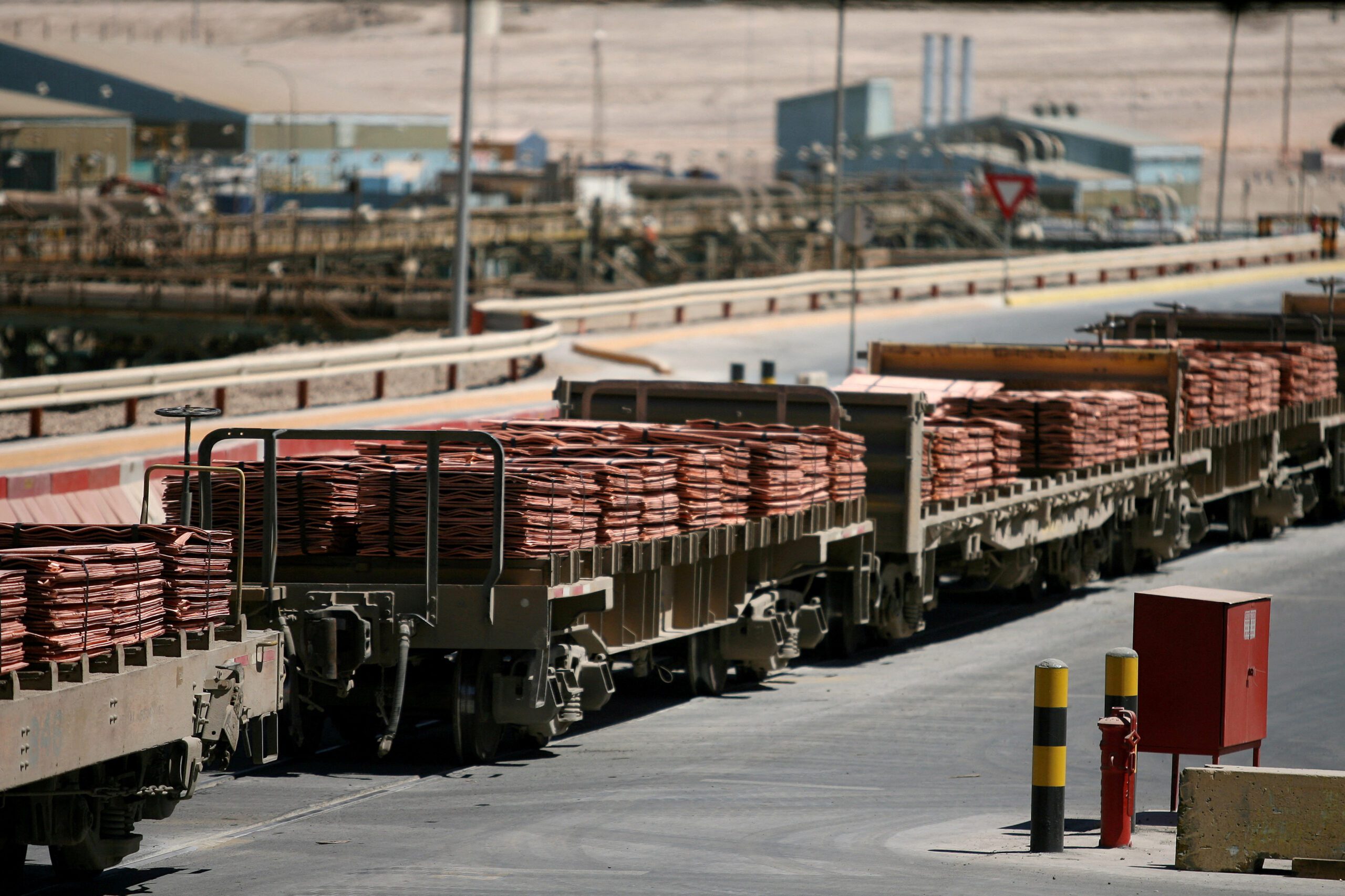The real estate problems in China dwarf those experienced in the U.S. from 2006 to 2010 by a significant factor. Supported by economic programs encouraging the development of large and uninhabited cities, China has created at least 11 ”Ghost Cities” across the country. With each “Ghost Cities” able to house 1 million or more, these empty cities have contributed to China’s economic growth (i.e., “GDP”), while at the same time bankrupting investors. Jim Chanos, President of Kynikos Associates, has called this economic expansion process the “Treadmill to Hell”.
And while all of the prerequisites for an economic collapse of the Chinese real estate market have been in place for a number of years, to-date economic chaos has not ensued. Many investors have seen their investment capital, effectively and in certain cases actually, wiped out as residential and commercial real estate projects lay abandoned. Additionally, fixed asset investment is under pressure. However, the economic system has yet to halt real estate development and the importation of commodity aggregates used in construction, even though the economic system is under pressure. Everything in the pipeline that feeds fixed asset development of the real estate market is subject to risk, should a plug in the economic dike be pulled. The unfortunate aspect is that “Treadmill to Hell” reaches the commodity markets of Australia and Brazil and the dry bulk shipping markets which transport the commodities necessary to China’s fixed asset development.
Ms. Charlene Chu, a Fitch Ratings analyst known for her bearish views, has studied China’s shadow finance sector to come up with one of the highest estimates of the country’s debt pile at more than 200 percent of gross domestic product. She warns that the banking sector is far more exposed to many of the shadow loans than most people realize. The latest official figures show non-performing loans (“NPLs”) at Chinese banks grew by Rmb 13 billion (US$2 billion) in the second quarter to Rmb 540 billion (US$83.1 billion), increasing for a seventh straight quarter.
In the late 1990s, the Chinese Government set up four state-funded asset management companies (“AMCs”) to take over the bad debts of the four biggest state-owned banks. The first Rmb 1.4 trillion batch of bad loans were bought at face value, or 100 cents on the dollar, which was great for the big four banks, but less advantageous for the bad banks. Conversely, the bad banks recovered only about 20 cents on the dollar. However, in the late 1990s, the NLPs of Rmb 1.4 trillion accounted for about 15% of bank loans, according to CLSA. Ms. Chu believes that the Chinese banking system’s assets grew by US$14 trillion between 2008 and 2013. This is the equivalent to adding the entire U.S. banking system to its banks’ balance sheets and in effect, it attempts to, inflate away the problem by expanding monetary aggregates [in a similar manner to Quantitative Easing (“QE”) increasing the U.S. monetary system]. “There is tremendous confidence in the ability and the willingness of the Chinese Communist party to bail everyone out”, said Ms. Chu. “But as the system gets bigger and bigger, there are more questions about how feasible that is”.
So, why should the shipping industry, and in particular the dry bulk market, be concerned or affected?
Should there be any disruption with regards to credit or liquidity in the Chinese financial system it will quickly rifle through the economic system and reduce demand for shipping to a standstill. This is the demand side of the shipping equation and, while subject to a number of economic factors, is highly correlated to financial credit and liquidity. Additionally, a rise in interest rates, in China or in the U.S., to which the Chinese economy is closely tied, would reduce demand for development and commodity demand. Without additional economic stimulus programs, specifically targeting the commodity markets, such as the steel market stimulus program, commodity demand will lag.
Slower economic growth (i.e., lower GDP) in China and other emerging markets is impacting the dry bulk shipping sector, as well as other shipping markets. In China, the slower economy is intended to rebalance the economy and remove the financial distortions as the economic/financial system clears. In spite of China’s central government’s tightened control on liquidity, China’s local economies are in need of fixed assets investments, requiring a signficant capital investment. A large proportion of the GDP of local economies are contributed by fixed assets investments [i.e., real estate]. However, any strong and persistent economic stimulus will further worsen the NLP the problem, not reduce it, as increased development will produce additional “Ghost Cities” and impact credit and financial markets; but, without strong commodity demand to produce additional “Ghost Cities” shipping demand will falter.
While the dry bulk market is currently exhibiting a spike in forward rates, the threat to the shipping markets is a constant until the financial system is cleared. In the meantime, there is an overhang in the dry bulk shipping market and the Chinese economy/financial system that is ever-present.
On the Chinese housing bubble…

 Join The Club
Join The Club











